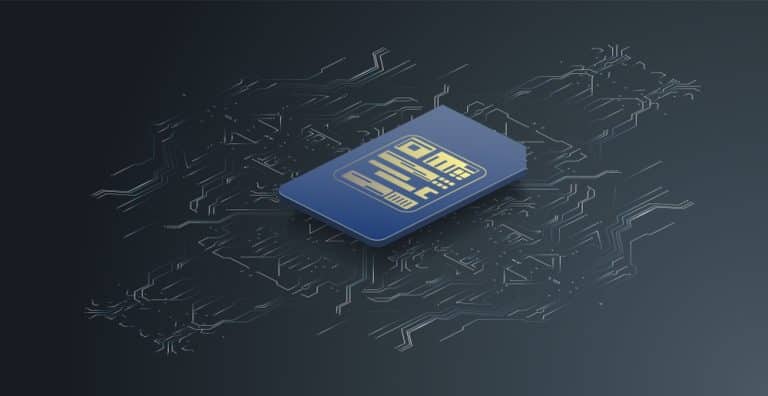As 2G and 3G networks gradually begin sunset their services with an end date of by the end of 2025, a new dawn begins with VoLTE. In this blog post will explore what is VoLTE and why VoLTE is becoming increasingly significant in IoT.
What is VoLTE?
Voice over Long-Term Evolution (VoLTE) leverages 4G or 5G LTE data networks to make voice calls, enabling faster set-up times and high-quality voice communication for IoT devices. By leveraging LTE, VoLTE ensures superior voice quality compared to traditional 2G or 3G networks, which is essential for IoT applications which use voice as they are typically used in use cases that are critical like emergency call for lifts.
Understanding VoLTE
IoT devices used to run on 2G and 3G mobile networks. These technologies offered businesses a cost-effective way to connect their devices globally, however, the infrastructure of 2G and 3G is outdated, having undergone numerous enhancements and upgrades to prolong its viability it will sunset by the end of 2025.
VoLTE has been available in the consumer market for some time now and is starting to transfer into the IoT world even though it is still in the early stages. The core principle VoLTE, or Voice over Long-Term Evolution is simple, it’s a technology that allows voice calls to be carried over 4G/5G LTE networks. In the previous earlier 2G and 3G models, voice calls were transmitted separately, while data travelled over packet-switched networks. These separate paths often led to inefficiencies. In contrast, VoLTE merges these two channels, enabling both voice and data to travel over the high-speed 4G LTE network. This means that voice calls are treated as just another form of data transmission, resulting in higher call quality and faster call setup times.
Some reasons we suggest using VoLTE:
Simultaneous Voice and Data: With VoLTE, users can make voice calls while simultaneously using data services such as browsing the internet or streaming media. This simultaneous voice and data capability was not always possible on older networks without using technologies like Wi-Fi calling.
Set Up Process & Reduced Cost on Infrastructure: easier set up process than a traditional (ASDL line) and the transition to VoLTE from older networks is relatively quick and seamless, reducing downtime and ensuring business continuity. By leveraging the existing 4G/5G LTE network for voice calls as well, businesses can significantly reduce costs associated with maintaining separate infrastructures for voice and data.
Superior Call Quality: VoLTE offers up to three times more voice and data capacity than 3G and up to six times more than 2G, leading to clearer, more reliable calls by prioritising voice data.
Faster Call Setup: VoLTE can connect calls up to twice as fast as the current methods. This is an important feature for use cases like lifts and devices uses to monitor old people.
Better Battery Life: VoLTE prolongs the battery life in IoT devices because of the improved power efficiency.
Scalability: As your business grows, VoLTE can easily scale to accommodate an increasing number of users, making it a future-proof solution.
Video Calls: With VoLTE, you can do video calls with friends or for work meetings, seeing each other while talking.
The adoption of VoLTE technology is rapidly increasing. As 2G and 3G networks are gradually phased out worldwide, VoLTE stands as a future-proof solution for mobile communication. At Anvil we’re committed to providing our customers with the most advanced telecom solutions. We understand the importance of staying connected, which is why we’re excited about the opportunities that VoLTE presents.



